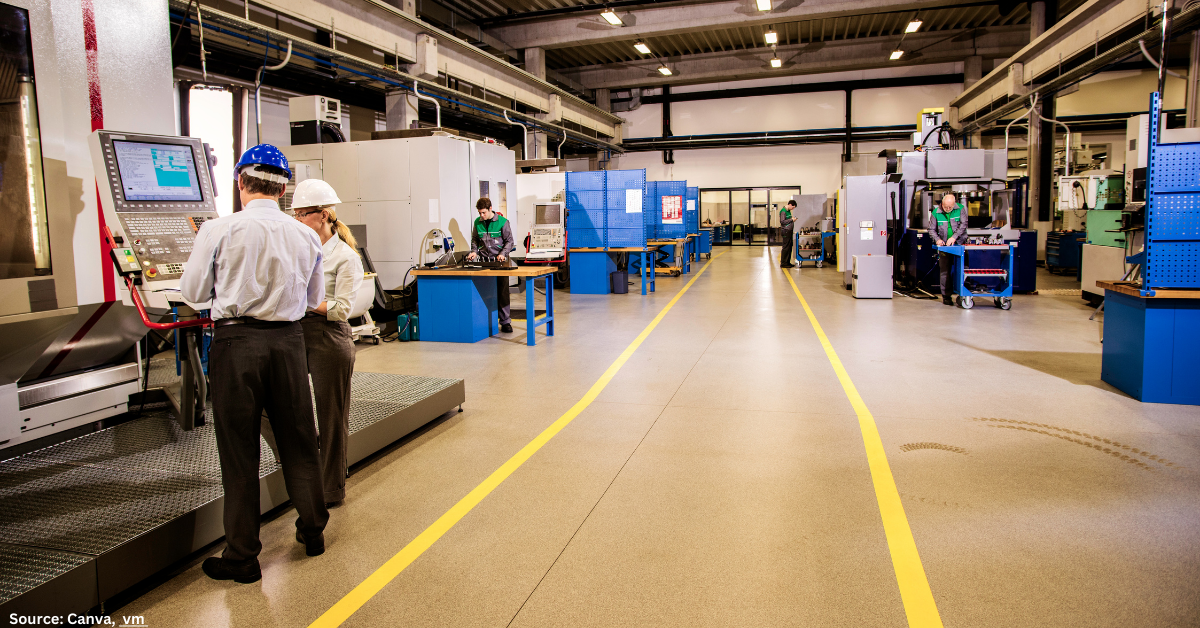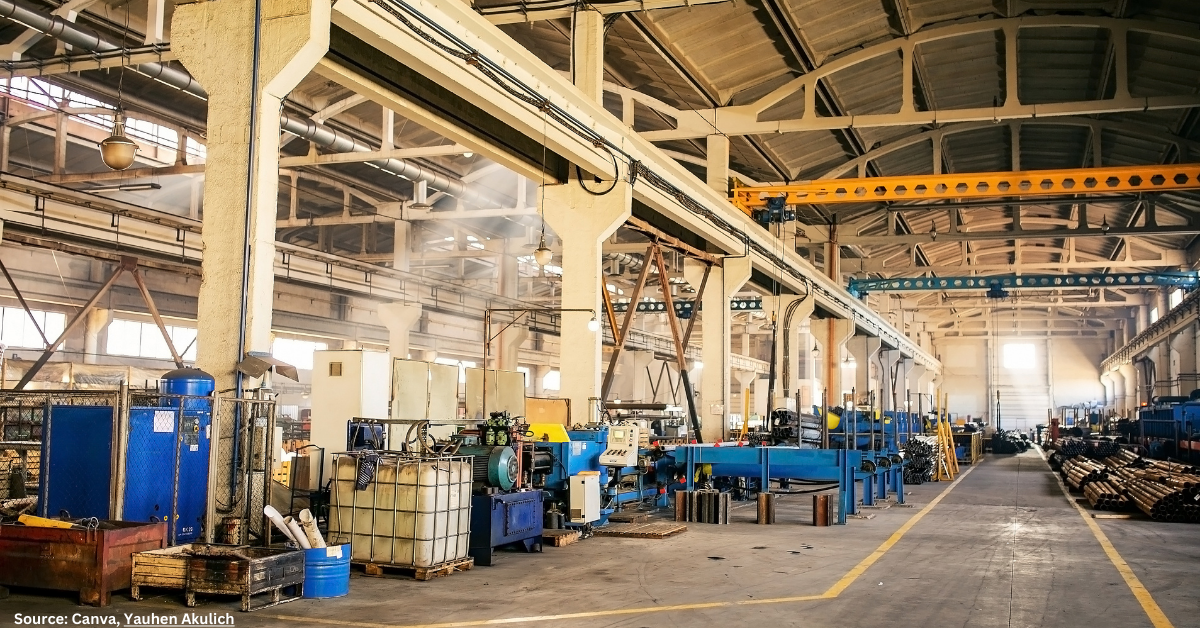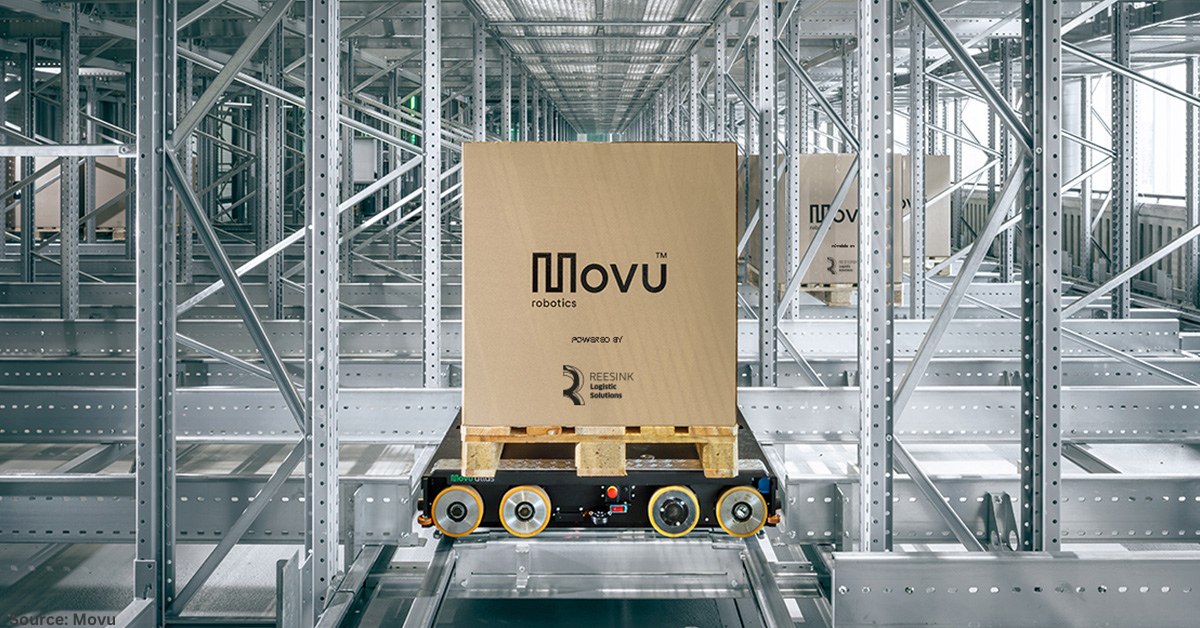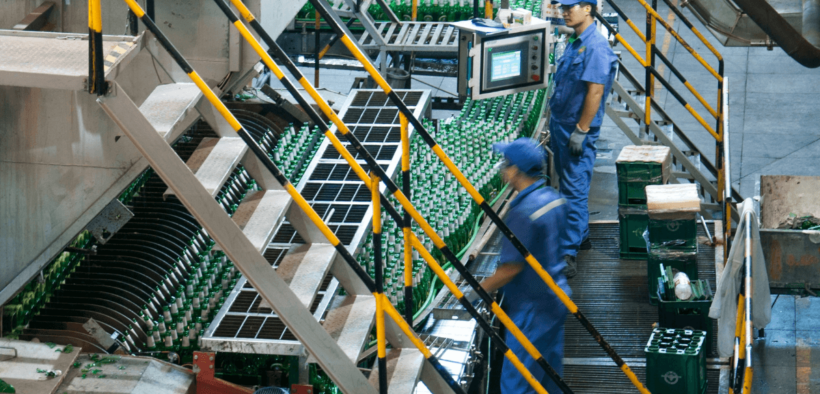Federal Budget aligns with the objectives of the National Reconstruction Fund (NRF), providing funding support and innovation incentives to domestic manufacturers.
The NRF has been allocated a total of $15 billion, with pre-allocations of $8 billion made before the first Albanese Budget in October 2022. The funds are directed towards priority areas such as renewables and low emissions technologies, medical manufacturing, value-adding in resources, critical technologies, and value-adding in agriculture, forestry, fisheries, food, and fibre.
While awaiting the NRF’s investment mandate, it is anticipated to offer finance options like concessional loans, equity investments, and guarantees. Modeled on the Clean Energy Finance Corporation, the NRF aims to deliver positive returns across its investment portfolio. However, specific details regarding complying investments and commercial terms are yet to be developed.
The NRF plays a crucial role in developing Australia’s future industries, enabling the country to compete against incentive packages offered by international players. The government’s estimated launch date for the NRF is mid-2023, emphasizing the need to remain ahead in the global decarbonization race.
Developing priority supply chains
The budget also supports the development of priority supply chains through initiatives like the Industry Growth Program. With an allocation of $392.4 million over four years, this program aids small and medium-sized enterprises (SMEs) and start-ups in commercializing ideas and fostering growth. It provides advisory services, mentorship, and matched grant funding to build ecosystems within the seven priority sectors.
Positioning Australia as a global clean energy leader
Australia’s ambition to become a global clean energy leader is a key focus, with emphasis placed on reducing greenhouse gas emissions and supporting decarbonization initiatives. The budget allocates funds for the establishment of a national Net Zero Authority and introduces initiatives like the Hydrogen Headstart Program and the Powering the Regions Fund to drive the clean energy transition.
Additionally, the budget highlights the importance of unlocking critical minerals supply chains. Australia’s abundant reserves of lithium, cobalt, rare earths, and nickel position the country to benefit from expanding onshore resource and energy value chains. Initiatives under the Supporting Australian Critical Minerals program, including international partnerships and policy development, have been allocated $80.5 million over four years.
Responsibly developing critical technology industries
The budget also provides modest support for the development of critical technology industries, such as quantum and artificial intelligence, and includes investments in the defense sector. The government aims to prioritize defense funding into six areas, including the establishment of the Advanced Strategic Capabilities Accelerator, which will drive innovation and commercialization in defense technologies.
The Federal Budget demonstrates a targeted and responsible approach to industry development, with a focus on clean energy, resource value-adding, critical technologies, and defense capabilities. These measures aim to stimulate economic growth, reduce greenhouse gas emissions, and position Australia as a leader in emerging industries.























































Follow us on social media